Introduction
If you’re a middle school music teacher looking for a way to track and improve student behavior in your classroom, Class Dojo is a great option! Class Dojo is a digital tool that allows you to manage and track student behavior. It even comes with a Class Dojo App that you can use to run your classroom from anywhere in the room. You can choose different rehearsal skills & habits you want students to master, and they will earn points for displaying positive behavior, choices, and musical technique.
In this blog, I won’t be talking to you about how Class Dojo works or the ins and outs of how to sign up and use it. There are hundreds of blogs, articles, and Youtube videos (like this) about that. Instead, I’ll talk to you about why I used it and how I used it successfully in my ten years as a middle school music teacher in two Title 1 schools with dozens of hard-to-reach students.
Let’s Talk About the Elephant in the Room – Behavior Charts
I can hear you thinking right now- “Ok, but aren’t behavior charts bad?” And I’ll tell you right now that if your primary reason for using Class Dojo in your classroom is to scare your students into submission, this is not the way to do it. And it may work for a day or two, but it won’t do much good past that. Your students will eventually see it as a threat, you’ll make kids’ bad days worse, and you’ll break relationships.
Talk about high stakes.
Now, as with any classroom management strategy, this is controversial. EVERYONE has deep-seated beliefs about behavior management. If you have a system that works for you, fantastic!! If you don’t, I’m just here to offer a suggestion. Take it for what it is. All I can speak from is my experience. 🙂
Doing it right requires real work, but I honestly believe it’s worth trying it in your music classroom (especially at the younger middle school level) if you can commit to doing it right.
I also will say that every year, I talked to my principal about Class Dojo and got their support first. They knew it would be used for tracking performance habits and growth as a tool to supplement my classroom management and would not to BE my classroom management.
I also never used the Class Dojo app to connect with parents. Especially at the middle school level, I wanted students to deal with me first, and allowing students to have parents peek into their behavior meant that it lost its real power to grow positivity and instead became a threat – I HATED that.
So isn’t this another type of bribery?
No. I can understand why this might feel like bribery, after all, you are showering them with points for things they should do anyway, but friends you are dealing with 9-13 year olds – the kings and queens of, “but what’s in it for me?” The heart behind it is truly to acknowledge the good things in your classroom and to show THEM that their actions, even small actions, are meaningful.
In the end, the point is to hook them on music by making it immediately appealing to make your classroom an insanely positive space. It should feel energetic and fun, and KIND. If it doesn’t, or if it stops feeling 99% positive. CHANGE YOUR STRATEGY!
How I Used Class Dojo in my Middle School Music Classroom
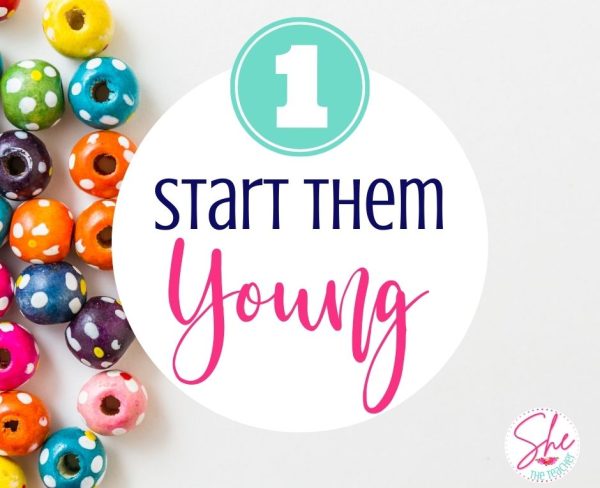
Start Your Students on Class Dojo When They’re Young
I never used Class Dojo with my older students unless they had experience with it as younger students. I always felt like older students who didn’t understand it saw it as “too kiddy” too quickly and it lost its power too soon. But when my younger students (5th/6th graders) grew into 7th and 8th graders, it was such an ingrained part of their routine that it was natural to use when it was needed.
It’s a system that is better built slowly with your younger students than forced on your older students, but you do you. If your older students can jump in with it too, more power to ya!
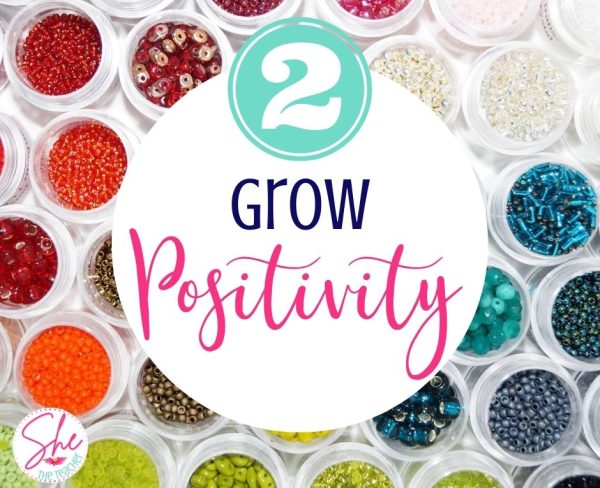
Use the Class Dojo App to Grow Positivity 99% of the Time, Not Fight Negative Behavior
Ok, deep inside my classroom management philosophy is this key: you will never, ever truly manage a classroom of students who don’t feel respected or seen by you. Not by fear, not by being “cool”, not by leading killer lessons, not with bribes, not by planning great music, or performing at awesome events. It takes them feeling like they are respected and truly known to grow (especially in Middle School or High School!!).
So how do you build respect into your program? It’s easy, actually.
Notice your students!
Notice all those mundane things that they do for you because, in those moments where their character is called into question, it’s a much better spot to be the teacher who noticed 100 positive little choices than one who just calls out the student who made a bad choice, who doesn’t feel seen by you.
Class Dojo Allows You to Acknowledge the Insane Amount of Positive Choices in Your Classroom
Ok, when you begin to start using Class Dojo, you’ll be asked to set up some habits that you want your students to display. For me, I always started the year with one habit and one habit only: Showing Kindness. When students started the year with me, I never brought out any negative points. They could only earn points by being kind.
So what could that look like?
- It could look like a student holding the door open for another
- It could be someone offering to sharpen pencils
- It could look like students inviting another student to play a game
And your singular job, as the teacher at the beginning of the year, is to call out the positivity like absolute crazy! Your job is to search and find as much positivity in your room as possible. Students should be bursting at the seams trying to earn points for being kind.
Someone picks up trash off the floor without being asked? Point.
Someone enters the room with a late pass and isn’t disruptive? Point.
Someone offering to set up the chairs at the beginning of class? Point.
Someone offers to share their music with the student who forgot theirs? Point.
You get the idea.
The point of doing this is to flood your room with the idea that we can all get along, we see them each as positive people, and we establish a baseline of, “I see good in you.”
EVERYTHING AT THIS STAGE IS SUBJECTIVE
Will you notice every kind thing a student does? Nope. And that’s the beauty of it. Teach students that the real reward is to do things without getting a point for it. Acknowledge a bunch of kind things you see (and try as best as you can to keep points fairly even across the group) and move on.
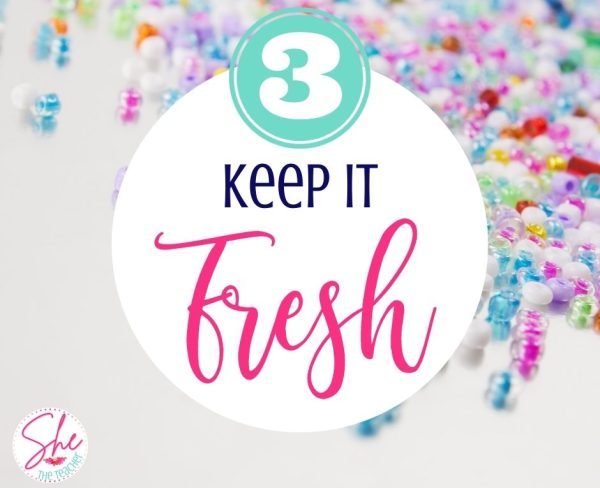
What to Do When the Novelty of Class Dojo Wears Off
When you start feeling like the novelty of the kindness burst is wearing off (and it will), you’ll begin to add points for displaying higher and higher-level habits. But you will only add one habit at a time. Start off super easy.
You’ll say something on a Monday like,
“Hey class, this week, we’re going to be working on the habit of timeliness. Timeliness looks like arriving on time and with all of your things etc… Here’s the time our class officially starts. This means that to earn points, you’ll either display kindness or you’ll arrive on time.”
Bam. Now there are even more opportunities to earn points.
And then document like crazy. Luckily Class Dojo has a multi-select option, and you can click everyone all at once and award out a point at the start of a class for everyone who arrived on time.
You’ll then add more and more habits whenever you feel like your students could use a refresh or to change things up.
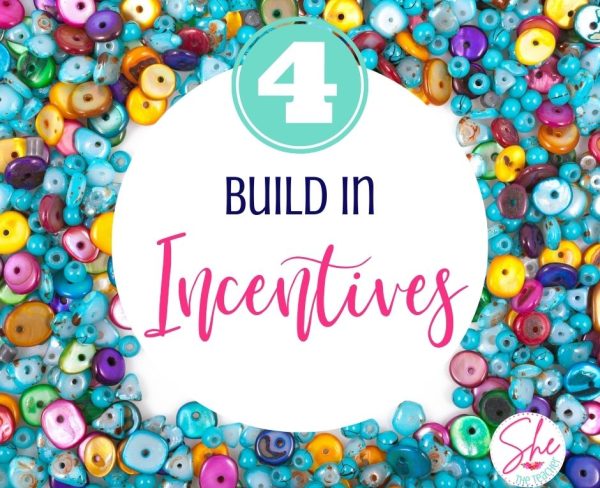
Class Dojo Reward Ideas
Now, remember when I said this would be controversial? Buckle up: your younger students need rewards. At least MY students needed rewards.
If you’re the type of teacher who believes in solely building intrinsic motivation in younger grades, I sincerely tip my hat to you. I never did because I believe there’s value in building habits sustainably, even if it means splurging on some Starbursts, stickers, or a class reward.
Do the rewards go away or change as they get older? Of course!
But when our students are young, they often have no tangible evidence that they are doing a good job. Sure they get a pat on the back and maybe a good grade, but does that really mean anything to a 10-year-old? Probably not.
Do you enjoy having people notice you with a treat every once in a while like a day off or snacks in the teacher’s lounge? Hell yes, you do. Sure you make a paycheck whether or not you go above and beyond, but isn’t it nice to hear, “I saw you made a kind/correct choice there. That’s awesome!”
Our students are human too, and though your rewards shouldn’t be amazing enough to feign compliance, they should do what they’re there for: incentivize good behavior with an acknowledgment and something fun.
Your younger students may earn smaller prizes like:
- Stickers
- Pencils
- Gel Pens
- Pencil Bags
- Folders
- Starbursts
Once you grow your younger students into older Class Dojo fans, they’ll work only towards class goals like:
- Musical Movie Day
- Karaoke Day
- Game Day
- Go Outside Day
- Free Passes for a Playing Test
- Donuts
- Pie the Principal (obviously your principal has to be totally on board 😂)
- Spa Day
- Football Day
- Lock-In
- … skies the limit!
Talk to your students. They will always tell you what they want.


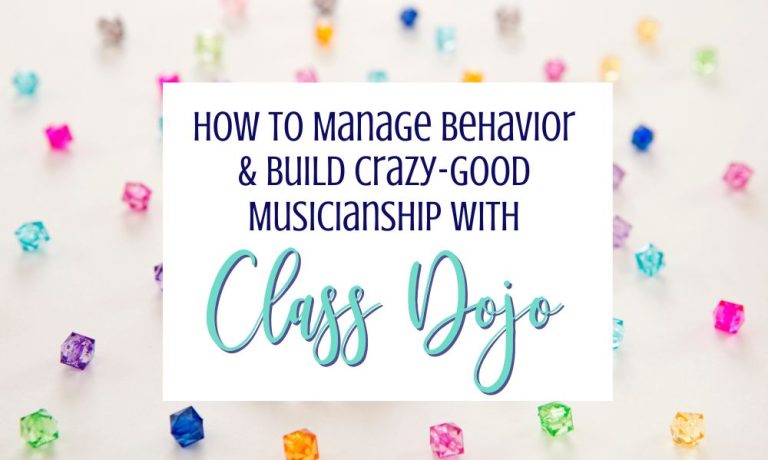

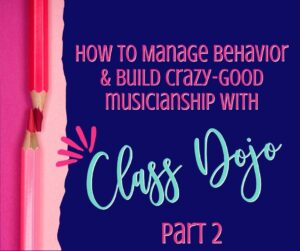
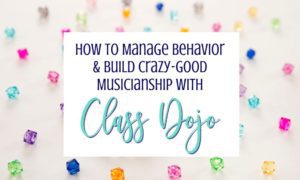
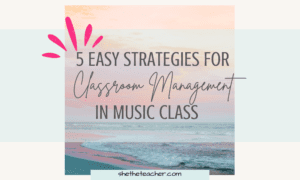
2 Responses
Katrina – this is absolutely fabulous. I love the ideas and your friendly and conversational writing style is wonderful. Congratulations. I hope you get lots of sign ups.
Thanks, Susie! ❤️